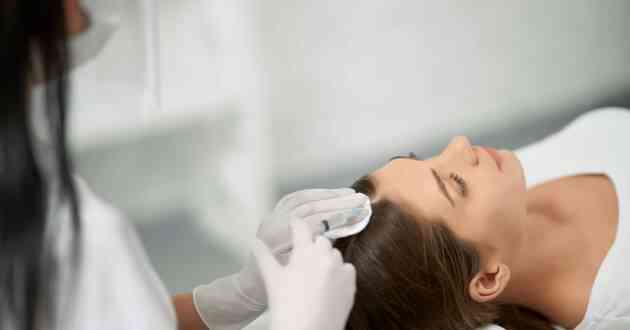Can I Use Another Person's Platelet (Platelet Concentrate) For Prp?
No, it is not advisable to use another person's platelets or platelet concentrate for Platelet-Rich Plasma (PRP) therapy
PRP involves using a patient's own blood to create the concentrated platelet solution, which is then injected back into their body. This is done to minimize the risk of potential complications such as immune reactions or transmission of diseases.
Using another person's platelets can lead to compatibility issues, increased risk of adverse reactions, and the transmission of infectious diseases. Additionally, PRP therapy relies on the patient's platelets containing their own growth factors and cytokines, which are crucial for stimulating tissue repair and hair growth.
For PRP therapy, it is recommended to use autologous (one's own) platelets obtained from the patient's own blood. The blood is typically drawn from the patient and processed to separate and concentrate the platelets before being injected into the treatment area.
Using one's own platelets ensures compatibility, minimizes risks, and maximizes the effectiveness of the treatment. It is important to consult with a qualified healthcare professional who can guide you through the PRP procedure and provide the best approach based on your specific circumstances.



